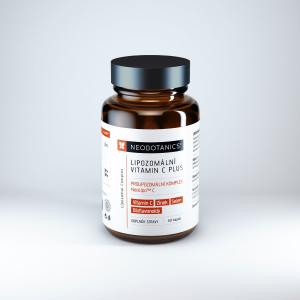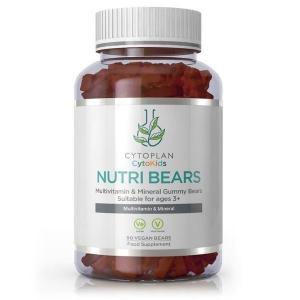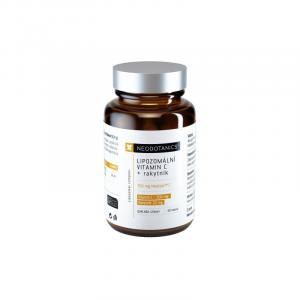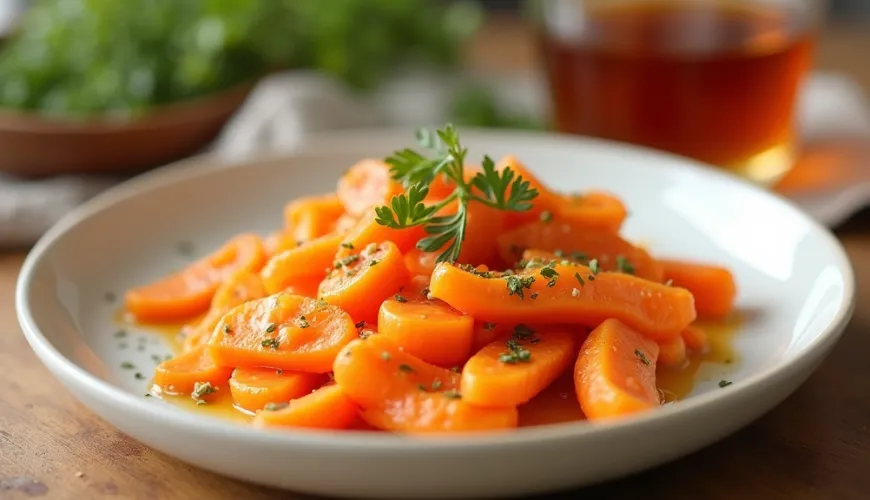
Discover the Secrets of Durian and Its Nutritional Values
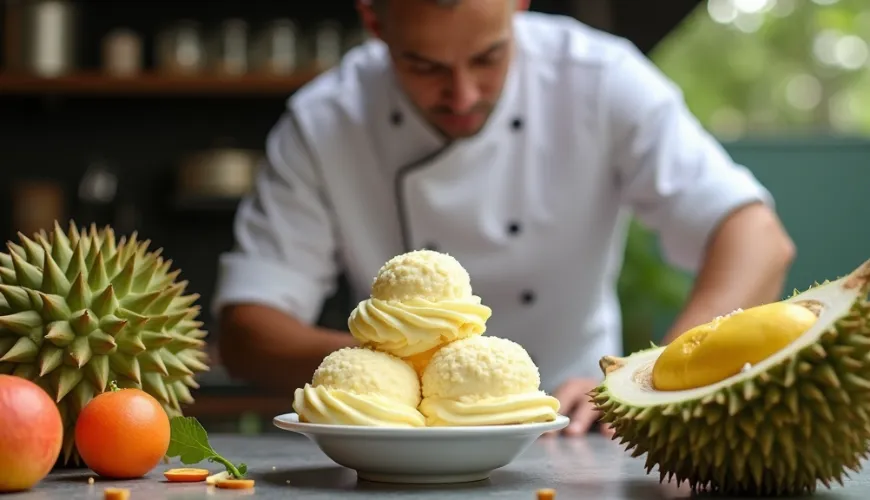
Durian - The Exotic Fruit That Divides the World
When you say "durian," to most people who have ever tasted it, one thing comes to mind – smell. Or rather stench, as the less enthusiastic would say. Durian is one of the most controversial fruits in the world. Some love it for its creamy texture and rich taste, while others avoid it due to its strong aroma. Nevertheless, it is a fruit that has earned the nickname "king of fruits" in Southeast Asia and plays an important role not only in local cuisine but also in culture and economy.
Durian is fascinating not only for its sensory extremes but also for its nutritional values, cultivation methods, and its gradually growing popularity outside Asia – including in the Czech Republic. If you're tempted to explore the world of exotic flavors or are looking for a unique gift for a lover of unconventional experiences, durian might be just the right choice. But beware – it's not an experience for everyone.
What is Durian and Why Does It Smell (or Stink)?
Durian is the fruit of the tree from the Durio genus, most commonly the species Durio zibethinus, which grows in the tropical regions of Southeast Asia – especially in Malaysia, Thailand, Indonesia, and the Philippines. The fruit can weigh up to 4 kilograms, has a hard spiky shell reminiscent of a weapon from a fantasy world, and inside hides soft, creamy flesh. This flesh ranges in color from light yellow to deep orange depending on the variety.
And it's this flesh that is the source of the notoriously known stench. Scientists have identified over 50 volatile compounds found in durian – a combination of sulfur, esters, aldehydes, and alcohols creates an aroma that has been compared to "rotten onions," "ripened cheese," or even "sewage." It's no wonder that durian is banned in hotels, public transportation, and airports in many parts of Asia.
And yet – every year, millions of people in Asia don't miss out on this delicacy. Why? Because despite its smell, durian fruit surprisingly has a delicate, sweet, and full-bodied flavor reminiscent of a mixture of bananas, vanilla, almonds, and cream. Some compare it to flavored pudding. Those who overcome the first impression often claim they have literally fallen in love with durian.
Durian in Cuisine and Traditional Medicine
In Southeast Asia, durian is not just a market delicacy. It is part of many recipes – served fresh, used in ice cream, cakes, pancakes, smoothies, and even savory dishes. In some areas, fermented durian, known as tempoyak, is added to spicy sauces and soups.
Besides culinary use, durian also has a place in traditional medicine. According to folk healing, it is supposed to strengthen the body, stimulate libido, and even alleviate fatigue. Scientific studies show that it has a high content of vitamin C, potassium, fiber, and antioxidants. Moreover, it contains healthy fats that satiate and contribute to a longer feeling of fullness.
Try our natural products
However, caution is advised. Durian has a relatively high caloric value, and due to its sulfur compounds, it is not recommended to combine it with alcohol – it is said to cause nausea.
Where to Buy Durian in the Czech Republic?
While in Bangkok or Kuala Lumpur you can buy durian at any market, the situation in the Czech Republic is more complicated. Although its popularity is growing, it remains an exotic and relatively expensive fruit, requiring special handling.
Currently, there are several options for buying durian:
- Asian grocery stores in larger cities – for example, in Prague, Brno, or Ostrava, you can find specialized shops importing fruit from Thailand and Vietnam. There, durian is often sold frozen, vacuum-packed, or as a puree.
- Online stores with exotic fruits – some e-shops, including eco-focused ones (such as Ferwer), occasionally offer seasonal durian or dried variants. These have the advantage of longer shelf life and less odor.
- Farmer's markets with exotic goods – these are more occasional events where you can taste durian in smaller quantities or as part of a dessert.
When buying durian, it's worth knowing that there are different varieties, some of which are milder and sweeter, others more pronounced and pungent. Popular varieties include the Thai Monthong, Malaysian Musang King, or Indonesian Petruk. Each has its specific aroma and flavor profile.
How to Eat Durian – and How to Survive It?
Durian is consumed similarly to an avocado. After peeling the hard shell, the soft flesh is scooped out with a spoon. Given the strength of the smell, it's wise to eat it outdoors or in a well-ventilated room. Many people recommend eating it as fresh as possible. If it's frozen, it's good to let it gradually thaw at room temperature.
An interesting old Asian trick – after eating durian, it's recommended to wash your hands with water poured into the empty shell. It's said to help remove the smell from the skin. Others suggest rinsing down durian with water with a pinch of salt or drinking from a coconut to mitigate its "warming" effects on the body.
And then it's just about the taste. Either you love durian or hate it – there's not much in between. It’s not a fruit you casually eat while watching TV like an apple. It's more of a ritual, an experience, and sometimes a challenge.
Durian as a Symbol of the Back-to-Nature Trend
In recent years, more and more people are returning to natural and original foods. Within this trend, interest in exotic superfoods is growing – and durian is no exception. It is a fruit without industrial processing, rich in nutrients, offering a strong sensory experience – whether positive or negative.
Interestingly, with the growing interest in ecology and sustainability, durian products from organic farming are also starting to appear. Varieties grown without pesticides, on smaller farms where emphasis is placed on biodiversity and natural growth, are appearing on the European market. Here, eco-stores like Ferwer can play an important role – bringing consumers not only a product but also the story of the people and nature behind it.
Durian in the Czech Republic
You might remember a report from Czech television where a presenter tasted durian for the first time and almost left the studio. Or you might know someone who brought durian back from vacation and then tried to get rid of it because it "stank up the whole apartment." Such stories are common. And yet – even in the Czech Republic, durian is finding its place.
In one Prague café, a tasting of various durian varieties was held this spring. The event was sold out within hours. And the reactions? Laughter, grimaces, but also appreciative nods. As one participant said: “The smell is terrible, but the texture and taste – it's like vanilla cream with a hint of caramel. I really didn't expect that."
Durian is simply a fruit with a story. Complex, contradictory, but certainly not boring. And perhaps that's where its charm lies. In a time when we seek authenticity, uniqueness, and strong experiences, even such a controversial fruit can find its place on our plate.
So next time you wonder where to buy durian in the Czech Republic, or whether it's worth trying at all, remember: some things can't be explained – they must be tasted.
